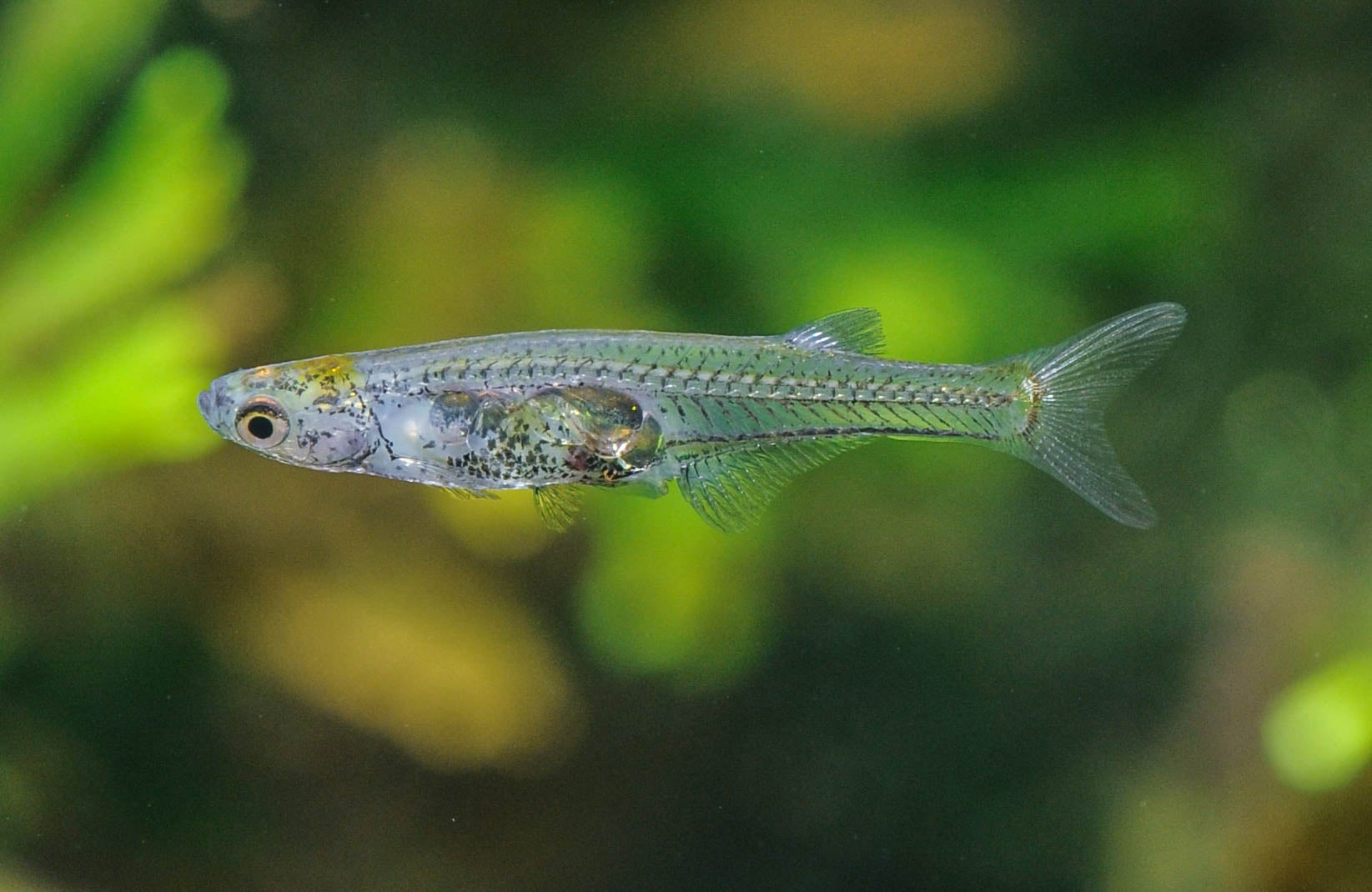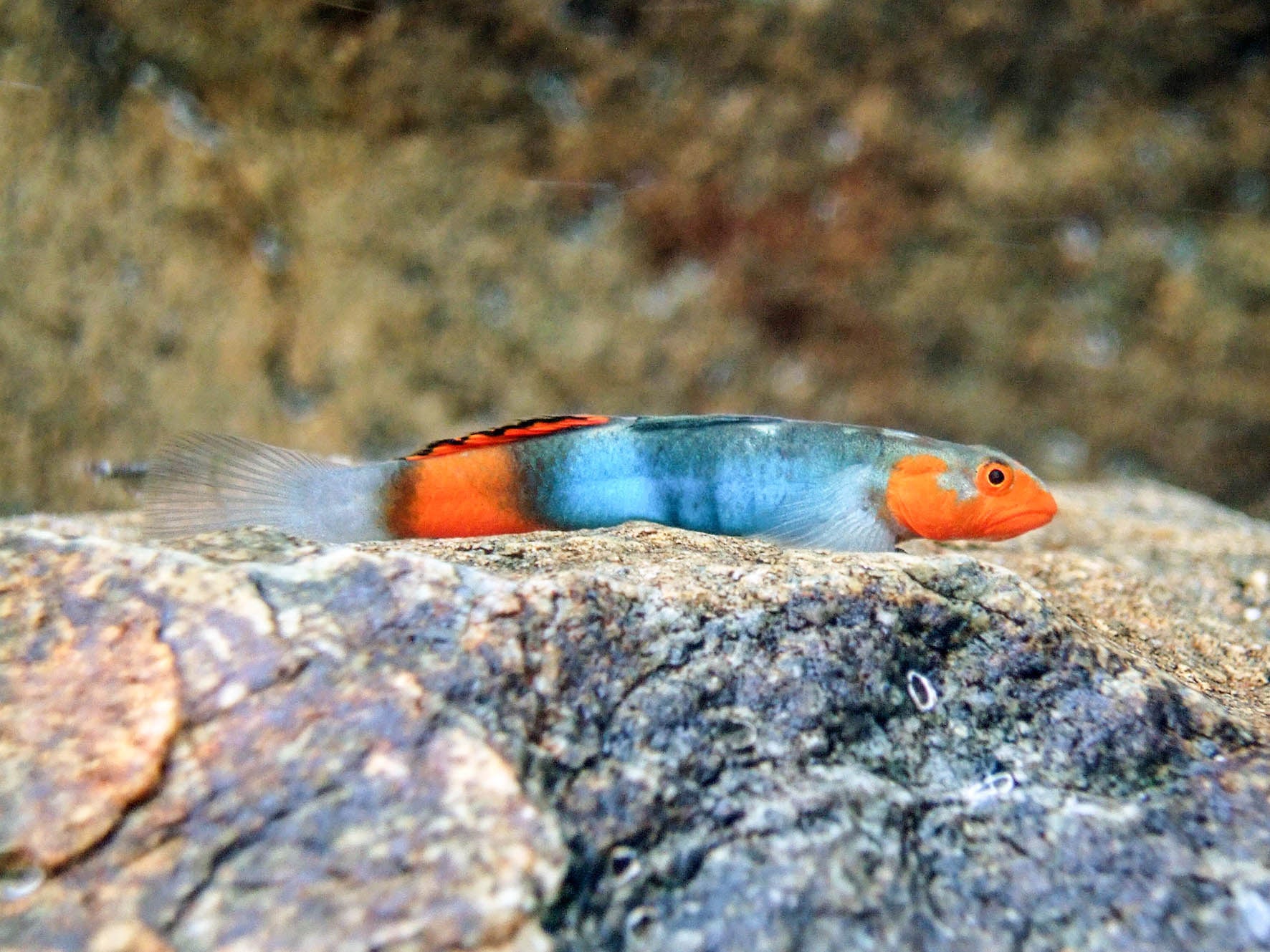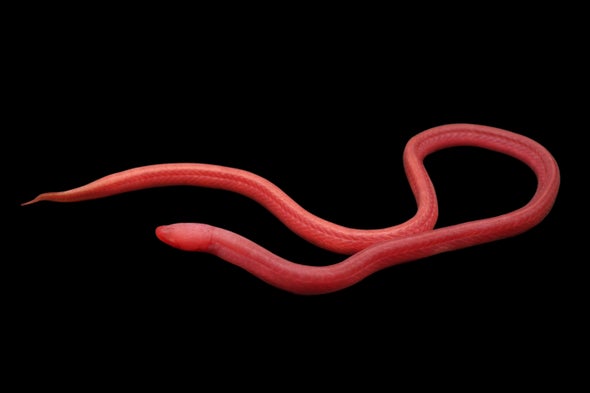Each year scientists document hundreds of fish species hidden under the surface of the planet’s rivers, lakes and wetlands. Last year scientists recorded 212 novel species of freshwater fish, according to a new report by Shoal, a freshwater fish conservation program that is part of the U.K.-based charity Synchronicity Earth and the U.S.-based nonprofit Re:wild.
One of the most surprising discoveries noted in the report was Danionella cerebrum, found in southern Myanmar. This tiny transparent fish—only slightly longer than a thumbnail—has been used in research by neuroscientists for years because it has an open brain cavity that lets researchers noninvasively observe how its neurons function. But the scientific community had thought the species was the visually similar Danionella translucida. It was only after a team of researchers studied the DNA sequences that they realized the fish represented an entirely new species, which split apart evolutionarily about 13 million years ago. D. cerebrum “helps us understand how miniature size, simplified anatomy and evolutionary novelties all coexist in a vertebrate organism,” says Ralf Britz, lead author of the paper describing the species in Scientific Reports an ichthyologist at the Senckenberg Natural History Collections in Dresden, Germany.

Another intriguing find in the Shoal report was the Mumbai blind eel (Rakthamichthys mumba), which evolved around 170 million years ago, close to the time when the region that is now India broke off from the supercontinent Gondwana. The eel has no eyes, fins or scales. And coincidentally, it was found at the bottom of a 40-foot well at a school for blind people in Mumbai. “When my collaborator Tejas Thackeray repeatedly told me that he found a blind eel in a school well, located near a busy railway station of Mumbai, I did not believe him until I saw the live specimens,” says Jayasimhan Praveenraj, a fisheries scientist at the Indian Council of Agricultural Research (ICAR)–Central Island Agricultural Research Institute, who co-authored the study in Aqua that described the eel. “It made me realize that we often ignore and underrate highly populated places for ichthyological exploratory studies. We now understand not to leave any stones unturned.”
That well was not the only unexpected place a new species turned up. A group of scientists spotted the Etowah bridled darter (Percina freemanorum) in the Etowah River system in the state of Georgia. The discovery shows that there is still much to be learned about life under the water’s surface, even in a well-studied country such as the U.S., the Shoal report says.

Even though freshwater fish inhabit only 1 percent of our planet’s surface, they make up 51 percent of all fish. But this remarkable biodiversity, upon which humanity and ecosystems depend, is under threat. Nearly a third of freshwater fish species face extinction because of pollution, unsustainable fishing, aquatic habitat loss, invasive species and dams, according to the conservation nonprofit World Wide Fund for Nature (WWF). “One might think we have more than enough fish. Who cares if some disappear?” says ichthyologist Lucia Rapp Py-Daniel of the National Institute of Amazonian Research (INPA) in Brazil. “What we must consider, though, is that fish don’t live by themselves but interact in a big food web made of fishes, plants, algae and invertebrates,” adds Py-Daniel, who was part of a team that discovered the green-spotted wolverine pleco (Hopliancistrus wolverine)in the Xingu River basin in Brazil. “The more complex this food web is, the more species there are. Also, the more we know about a fish’s interactions with the biotic and abiotic environment, the more we are [able] to preserve our diversity and our future.”
The cases of the newly discovered Parosphromenus juelinae and Parosphromenus kishii exemplify the plight of some of these species. These tiny, bright and glittering fishes live only in peat swamps in Southeast Asia. One of P. juelinae’s habitats was converted to a paddy field, and P. kishii’s habitat was made into an irrigation canal for a palm oil plantation. Researchers are calling for the urgent protection of these species because both qualify for critically endangered status on the International Union for Conservation of Nature’s Red List of Threatened Species.
With its report, Shoal aims to highlight the search for new species as a critical part of the effort to save threatened freshwater fish. “Descriptions of new species help identify locations with exceptionally high levels of diversity or endemism [when species are restricted to particular area],” says Harmony Patricio, Shoal’s conservation program manager and a co-author of the new report. They also “call attention to species that may have only just been discovered because they’re already headed down the road toward extinction or are naturally rare. This knowledge helps to prioritize sites and species where conservation action can be most effective or is most urgent, enabling conservationists to protect a greater number of threatened species and stem extinctions.”

